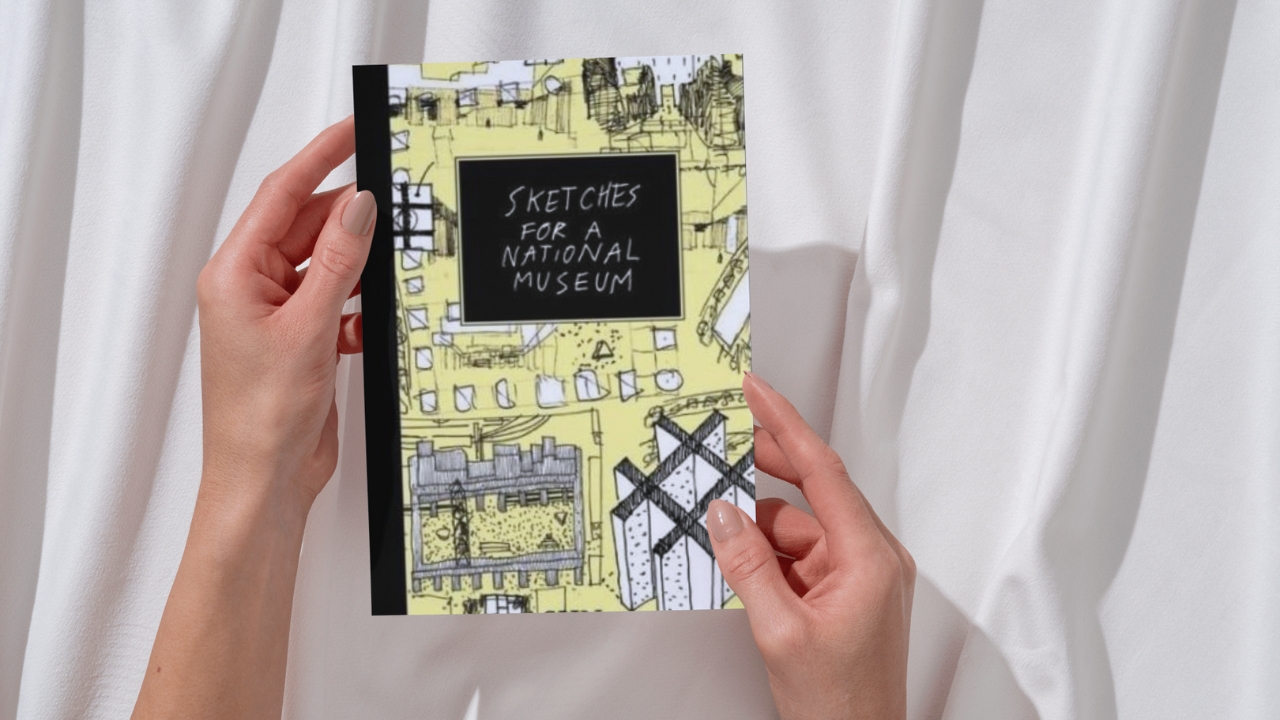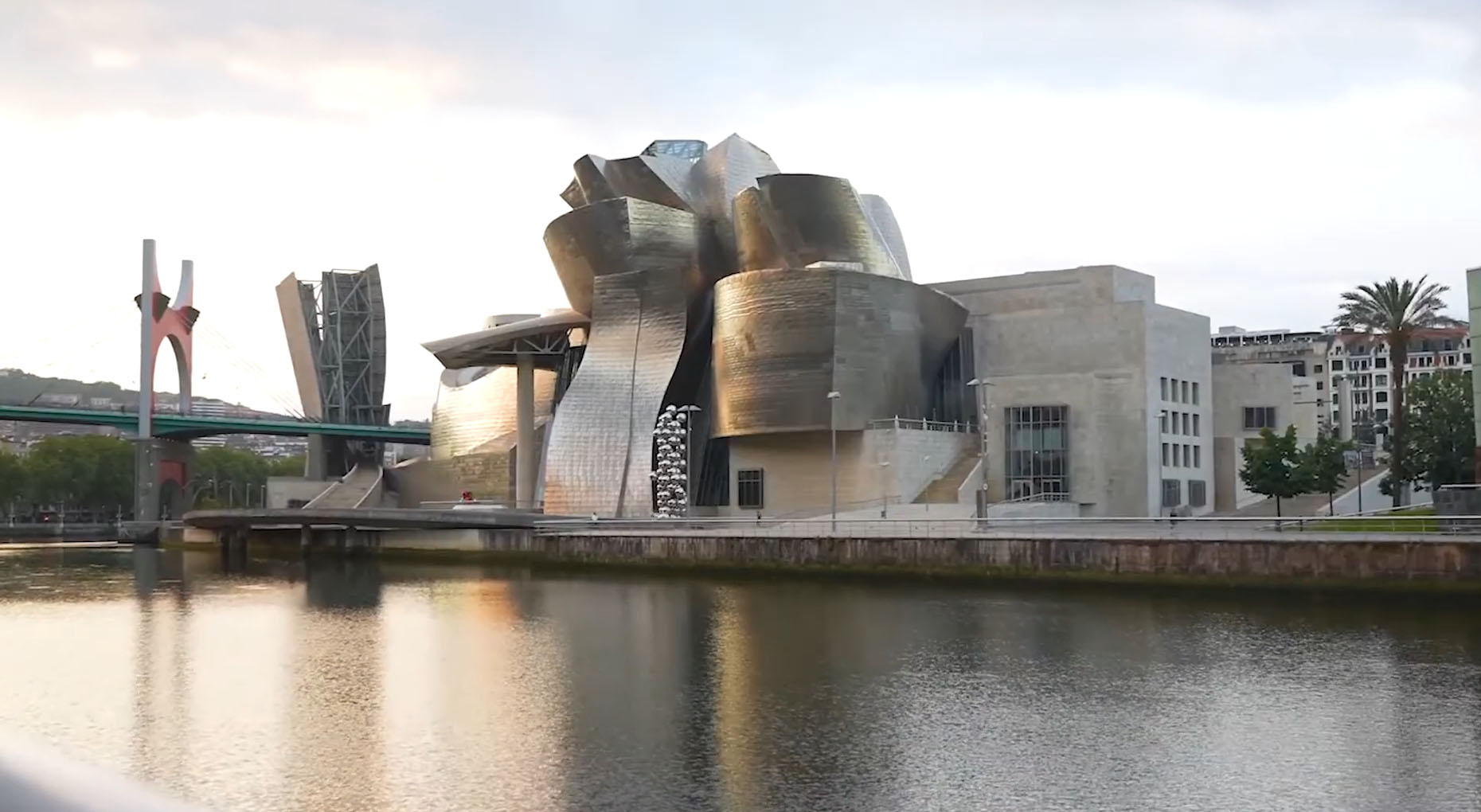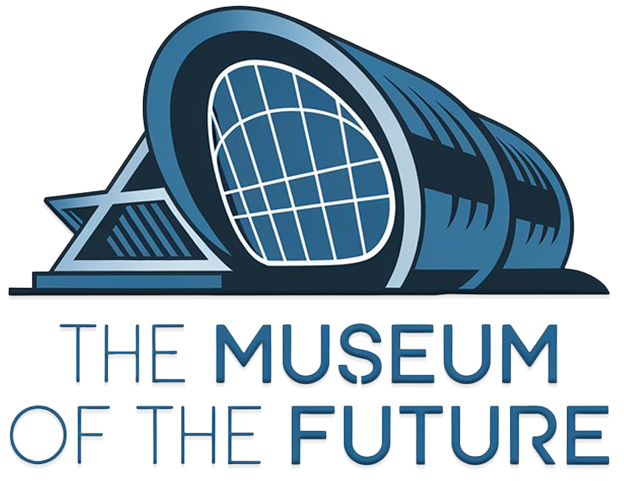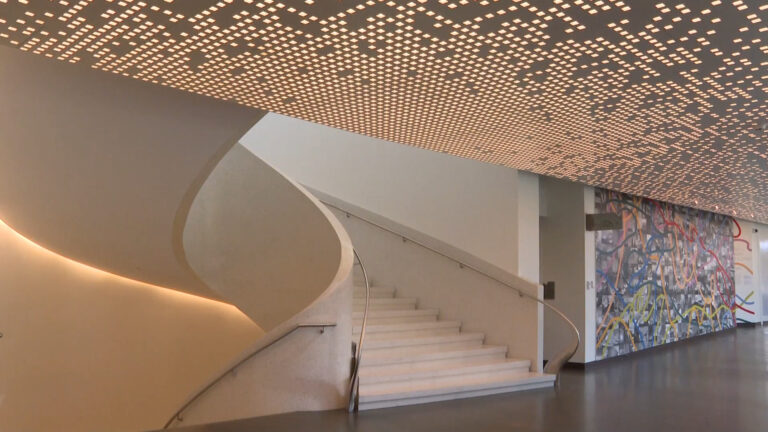We’re unveiling Sketches for a National Museum of History, a book exploring the potential of museum architecture through sketches and concepts from Berlage Institute researchers, along with essays by architectural thinkers Kenneth Frampton and Hans Ibelings.
It features bold designs from European firms 51N4E, Baukuh, and Monadnock, challenging traditional museum architecture.
Let us talk about it.
Good Museum Architecture for me

But what makes good museum architecture? It’s a question without a singular answer. It is simply not possible to expect that kind of answer.
Sketches for a National Museum of History tackles this by examining how architecture shapes the museum experience, especially how the design influences the presentation of objects, or the “show” element.
The book illustrates this with two examples:
- Church
- Museum constructed above a chapel
Both examples embody unique architectural approaches to exhibiting artifacts, demonstrating the diversity and creativity in museum design.
At its core, good museum architecture can be defined by several key principles that contribute to making the museum a dynamic, inviting, and memorable space:
Encourages Discovery and Learning
Good museum architecture promotes engagement with displays.
Traditional rooms filled with paintings can sometimes feel monotonous; spaces should invite exploration, with features like open, chaotic designs or unexpected, adventure-like layouts that reward curiosity, as seen in the Denver Art Museum’s Hamilton building.
These spaces create opportunities for visitors to stumble upon displays, make personal discoveries, and experience a story that unfolds with each turn.
Creates a Sense of Otherworldliness
This sense of “otherworldliness” is achieved through immersive structures and design elements that visit feel like a journey.
For example, the Ruhrmuseum’s system of escalators takes visitors on a gradual ascent into the museum, emphasizing a transition from one reality to another.
- Dramatic Entrances: Entryways that signal a shift from the ordinary.
- Layered Pathways: Gradual transitions, like ramps or escalators, draw you in.
- Atmospheric Lighting: Shadows and highlights that create mood and focus.
- Curated Soundscapes: Sound (or silence) that disconnects you from outside noise.
- Monumental Scale: High ceilings and open spaces that inspire awe.
- Rich Textures: Stone, wood, or glass that add depth and sensory impact.
Accessible and Welcoming
Museum design should feel approachable. Some structures, like Bilbao’s Guggenheim Museum, may feel daunting or overly self-important.
More welcoming designs, like the Museum TwentseWelle’s street-level terrace, create a sense of openness that invites visitors in.
The openness signals to people that the museum is for everyone, not just for experts or art enthusiasts.

Versatile, Multi-Functional Spaces
Museums are public spaces, and their architecture should support a range of activities, from workshops to debates, exhibitions, and dining.
The versatility should be at the core of the architectural design, not relegated to secondary or hidden spaces.
A spacious atrium can easily transition between hosting a temporary art installation and a public lecture, adapting to various community needs, and ensuring the museum’s role as a dynamic cultural hub.
Summary
Museum architecture shapes visitor engagement with art, history, and culture by fostering discovery, ensuring accessibility, and supporting versatile uses, creating community-focused, inspiring spaces.
Without a doubt, these are the places where history comes to life, at least for a while.
For more interesting takes, visit our website themuseumofthefuture.com.

